A stunning species with a disturbing diet: meet the butterflies sipping on human sweat.
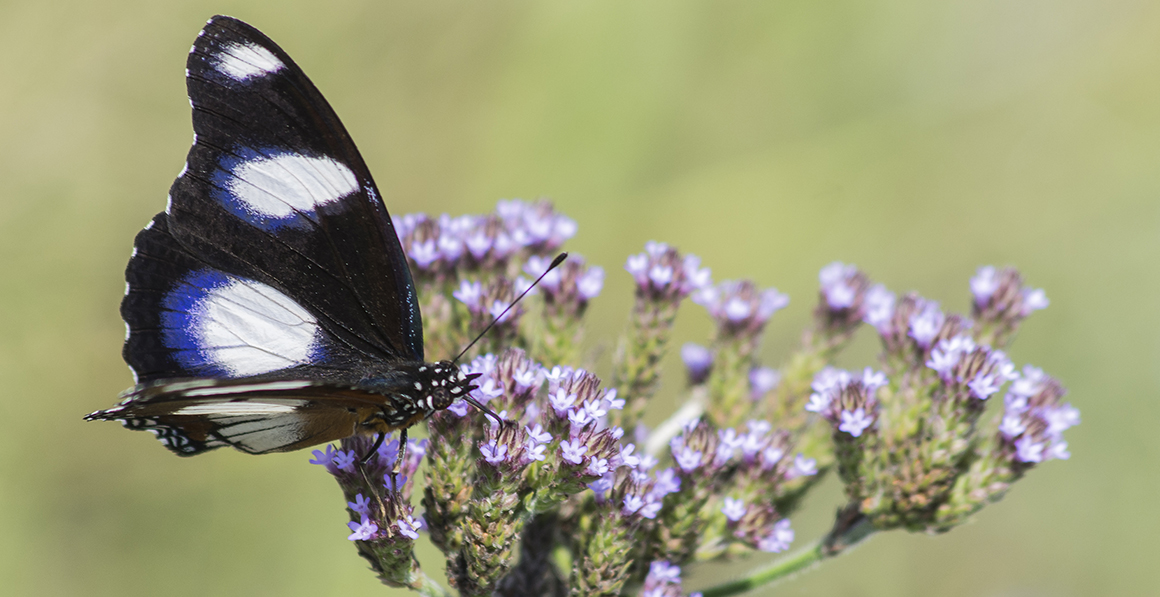
A male great eggfly feeds on nectar © Jan-Nor Photography/Shutterstock
Butterflies and moths might be delicate and beautiful - but they have some of the most gruesome eating habits in the world.
Rotting fruit, manure, decaying flesh and animal tears: it's not a menu most of us would pick.
But rich in minerals, protein and sodium, these are perfect meals for some butterflies and moths.
The great eggfly (Hypolimnas bolina) will also gladly sip sweat from human foreheads, and it thinks nothing of ingesting urine.
It can often be seen at Sensational Butterflies, a gathering of live butterflies in the Museum's tropical house.
Kerry Calloway, who helps manage the house, says, 'The great eggflies in the butterfly house regularly like to land on people and help themselves.
'They are the most active, friendly, feisty species in the exhibition. They're always zipping around the place, following some of the much bigger species.'
A quest for salt
With a wingspan of between five and eight centimetres and mostly black wings, the great eggfly is not the biggest or most visually stunning butterfly. But its personality is one of the boldest.
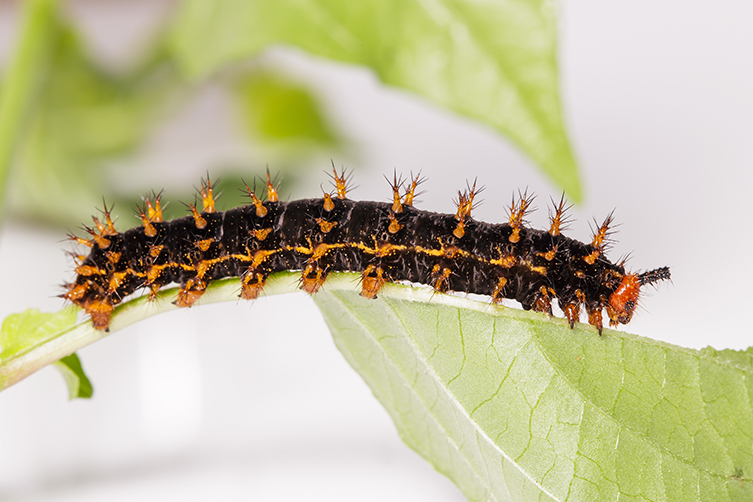
A Hypolimnas bolina caterpillar © Mathisa/Shutterstock
Great eggflies often land on humans, and it's not just because they love your perfume or your floral top.
Calloway says, 'They are looking for your salt-filled sweat, and can often be seen slurping from the creases of elbows or the beads of sweat forming on foreheads'.
Sodium is important for butterflies' metabolism and it fuels reproductive prowess in males, but they don't get enough of it from the nectar in flowers.
Male butterflies will also land on human heads and shoulders, using the vantage point as a lookout position to find potential mates.
Calloway says, 'They perch right on the edge of someone’s shoulder, peering out looking for females.As soon as another butterfly flies past they will dart off to investigate the movement and determine if it’s a suitable mate.'
Committed parents
Native to Asia, Australia, New Zealand and Madagascar, great eggflies get their name from their unique parenting style.
Females lay eggs on the underside of leaves, and have a special method to look after their young.
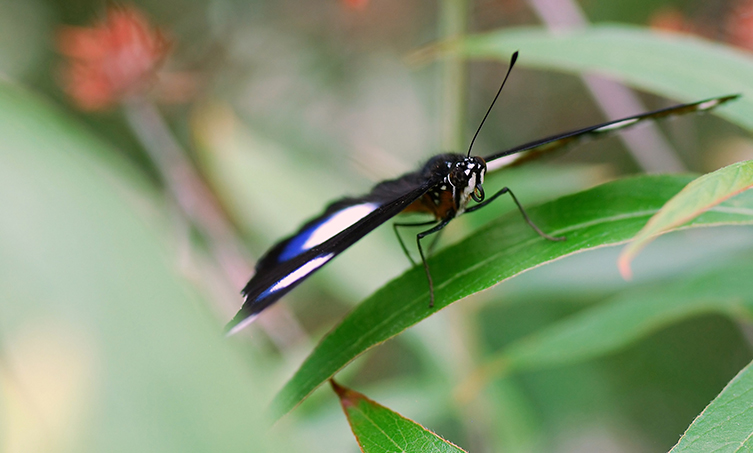
The great eggfly is a particularly friendly species © youngryand/Shutterstock
The great eggfly inspects plants for ants before laying eggs.
Some have even been spotted guarding their broods, in an attempt to keep predators like ants and parasitic wasps away from the young.
Calloway says, 'Parental care in butterflies and moths is uncommon and not well documented. The great eggfly and a few closely related species are some of the only butterflies known to do this.
'Some Malayan eggflies (a related species) will even guard their very young caterpillars as well, increasing survival rates of the offspring.'
Pretending to be poisonous
Male eggflies are black with patches of blue, white or orange. The female can be a variety of different patterns and colours.
Some have the same wing patterns as males, some mix black and brown tones, and others mimic the common crow butterfly, an unrelated but poisonous species.
Common crows store toxins from the plant they feed on as a caterpillar, and predators learn not to eat them after becoming ill.
Calloway explains, 'It is thought that the reason only the females use mimicry is to keep the illusion going.
'If there were too many pretenders in a wild population, predators would be more likely to eat the non-poisonous species. When they failed to get ill, they would continue eating them.
'By limiting the number of mimics in a population, the females stand more chance of being protected.'
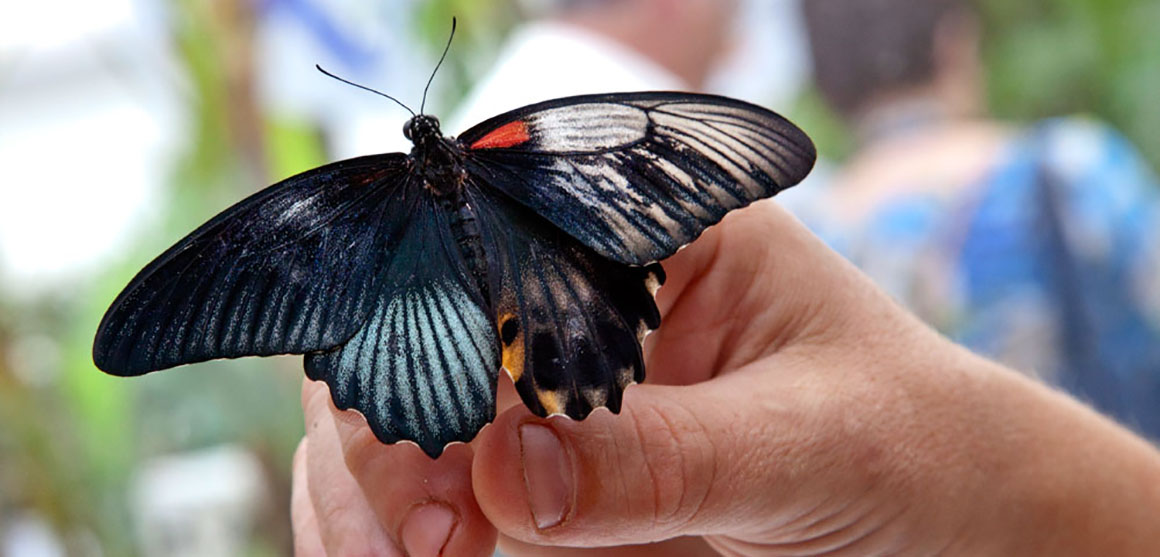
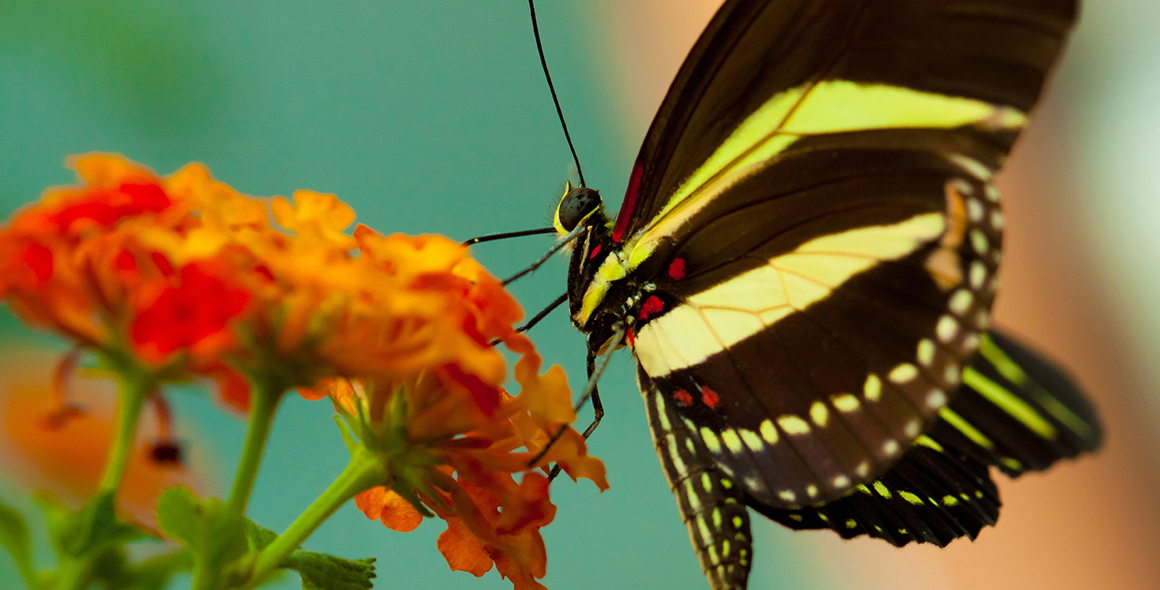
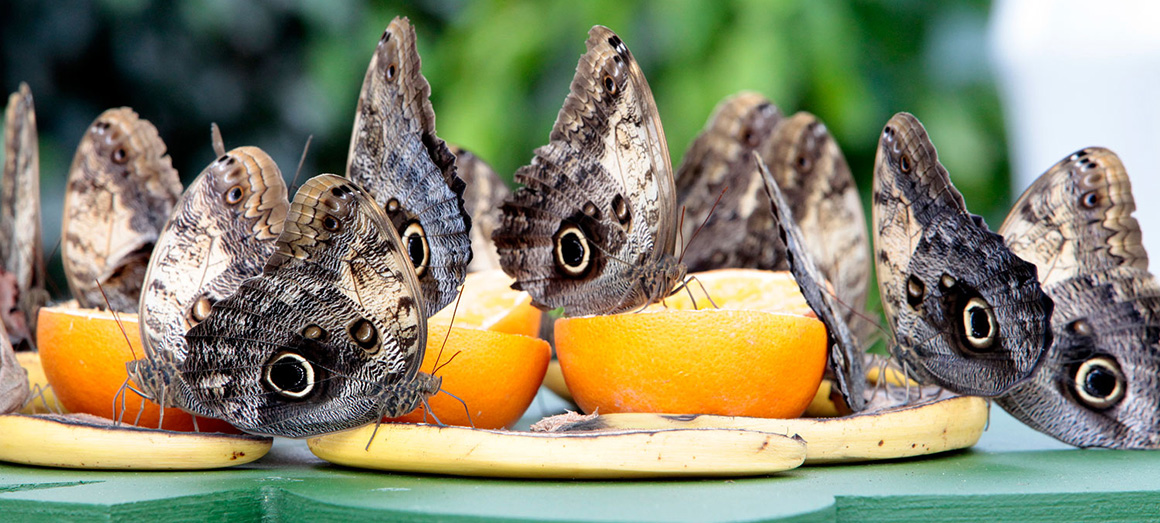
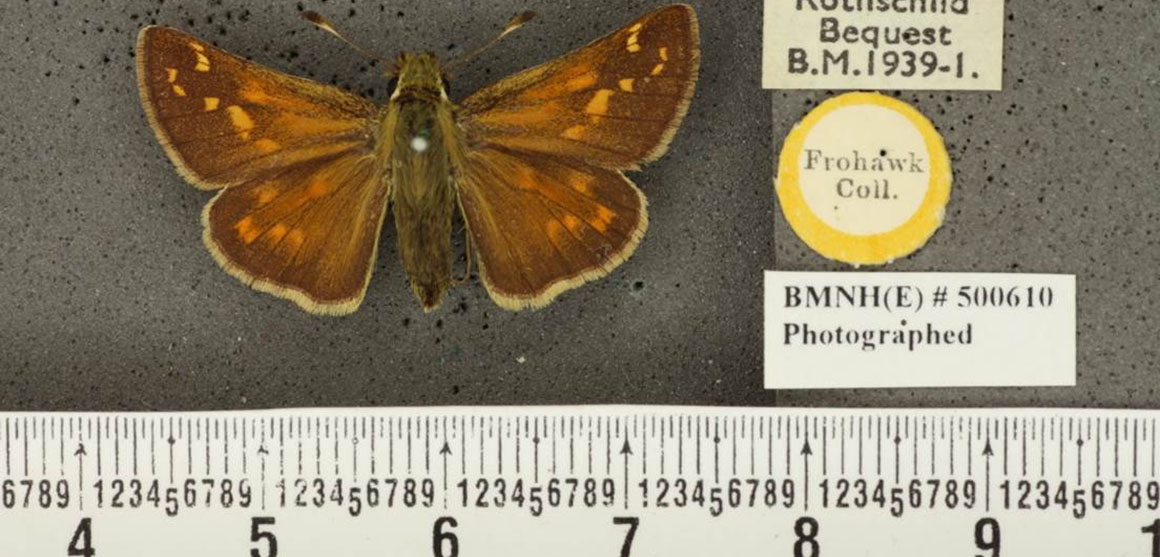
Don't miss a thing
Receive email updates about our news, science, exhibitions, events, products, services and fundraising activities. We may occasionally include third-party content from our corporate partners and other museums. We will not share your personal details with these third parties. You must be over the age of 13. Privacy notice.
Follow us on social media